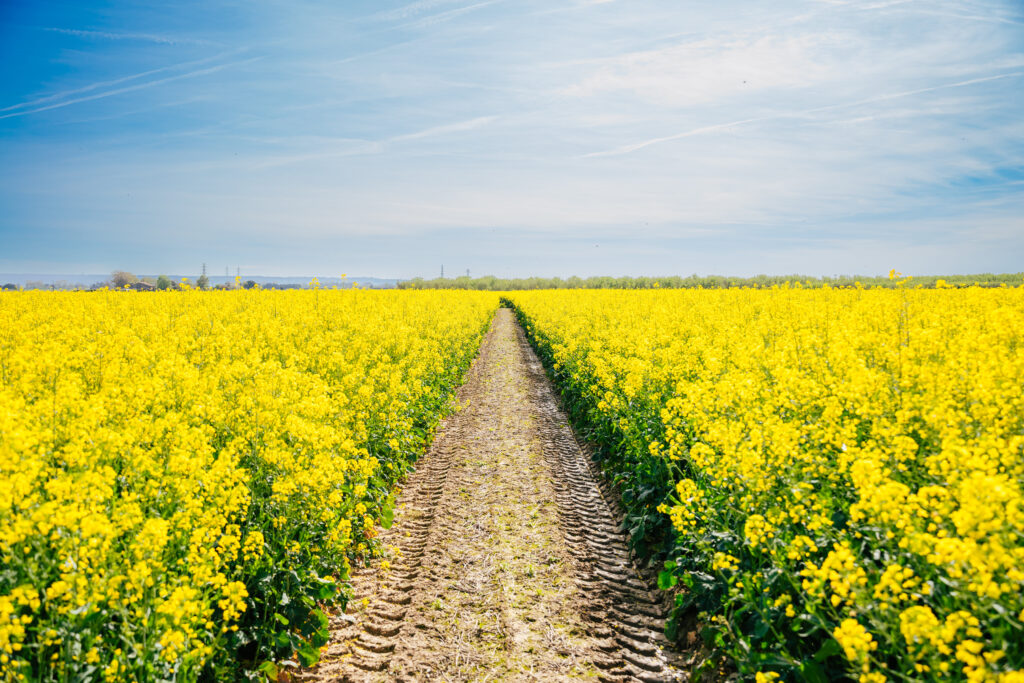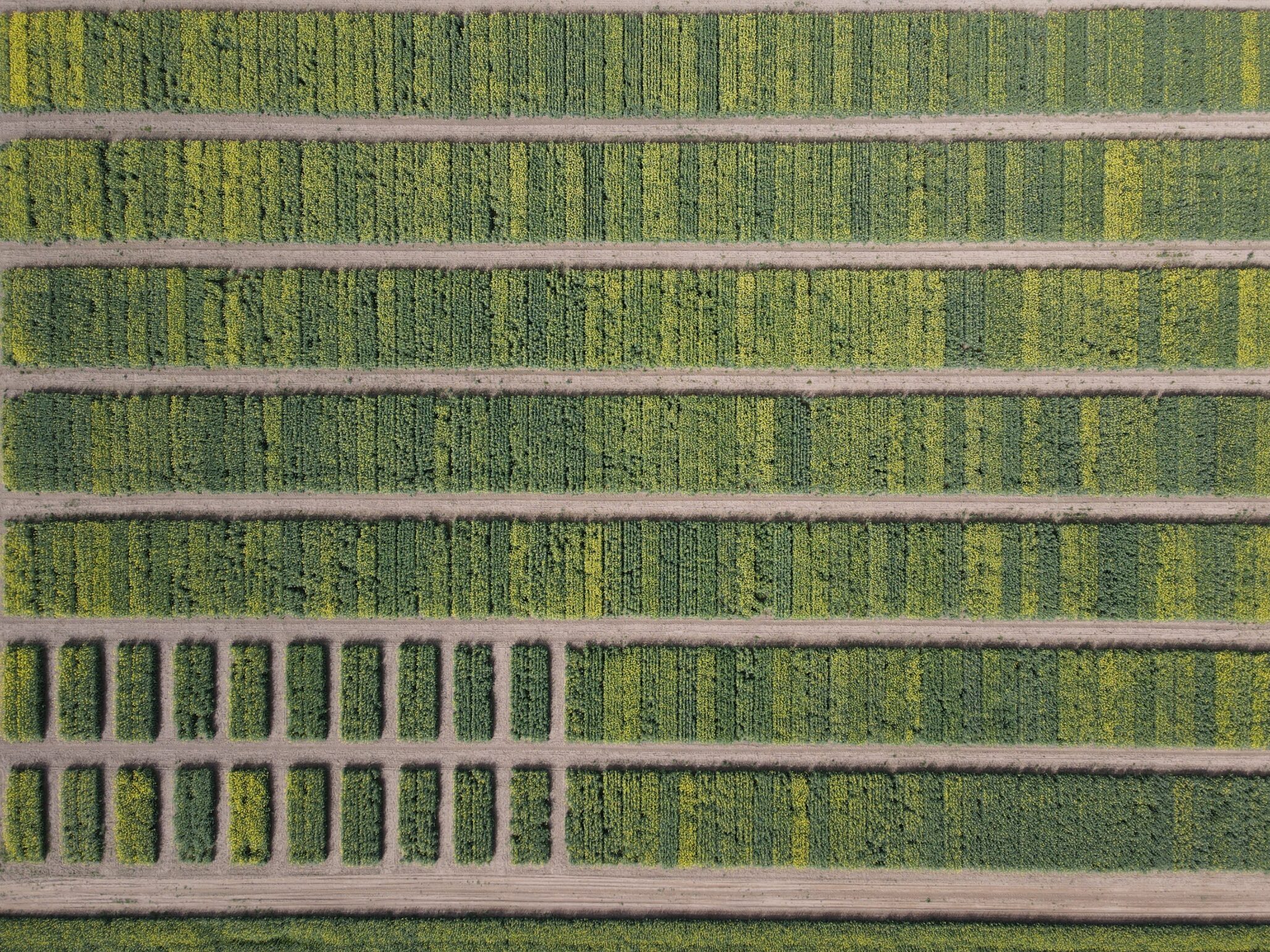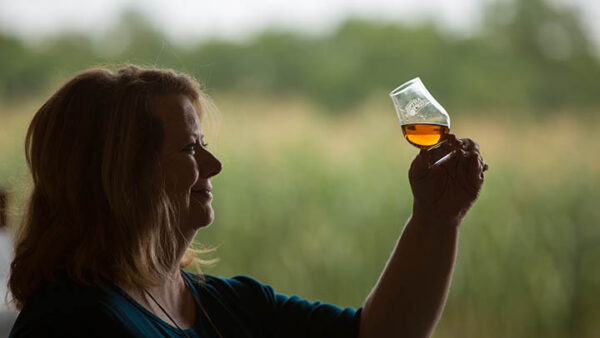The recent climatic year has been marked by atypical conditions, notably highlighted by the climate analysis model developed by Lidea. It stands out due to several exceptional climatic phenomena that have affected the entire development cycle of oilseed rape.
Firstly, the autumn of 2023, corresponding to the establishment phase of oilseed rape, was the warmest since 1991 in the main European producing regions, particularly in France, Germany, Poland, and Western Ukraine. Additionally, the Black Sea region experienced its driest autumn in 30 years. Secondly, the period from March to May, which corresponds to the development and flowering of oilseed rape, was one of the wettest in the past 30 years in France, reminiscent of similar conditions in 2016. In contrast, Eastern Europe experienced a very dry and warm spring. Finally, from June to mid-July, during the grain filling phase, extreme drought persisted in the east, particularly around the Black Sea and southern Ukraine. This was coupled with unprecedented temperature levels not seen in at least three decades. Conversely, Western Europe was characterised by unusually abundant rainfall. These extreme climatic conditions have inevitably influenced the physiology of oilseed rape as well as disease pressure.
Lidea’s climate analysis model is essential for understanding and anticipating the effects of climate on oilseed rape yields. As a seed breeder, Lidea dedicates more than 10 years in creating a new variety, which must be adapted not to the climatic conditions at the start of its development, but to the conditions of the years in which it will be cultivated. This proprietary model helps us answer crucial questions such as the impact of climatic conditions on yield, the frequency of these conditions in the main production areas, and how this frequency might evolve in future years.
This climate analysis model is distinguished by Lidea’s accumulated experience in understanding the interactions between genetics and the environment, not only for rapeseed but also for other crops. Although each model is specific to a crop, the multi-crops approach has allowed us to develop robust and precise algorithms.
Every year, we establish a network of trials across Europe. Through this network, we collect soil and climate data to identify the climate of each location. Thanks to our agronomic and genetic expertise, we are able to correlate varietal behaviour with the environment. This year, with its diversity of atypical and non-atypical climates across Europe, adds to our understanding of the varieties and genetic pools that we are testing. This is to offer farmers the varieties best suited to the climatic conditions they are most likely to encounter in the coming years.
In the face of increasing climate unpredictability, we advise rapeseed producers to prioritise innovative varieties from a dynamic genetic pipeline. The new varieties that top the official trials should be favoured. It is also recommended to differentiate between short-term climatic events and long-term trends. For example, if we consider the recent French spring, there is statistically little chance of encountering this situation again in the next three years. Therefore, the performance of products in the previous year or years is much more important when choosing a variety. In contrast, hot years with dry winters and springs will become more common in the east. Varieties that have performed well under these conditions are particularly interesting.









